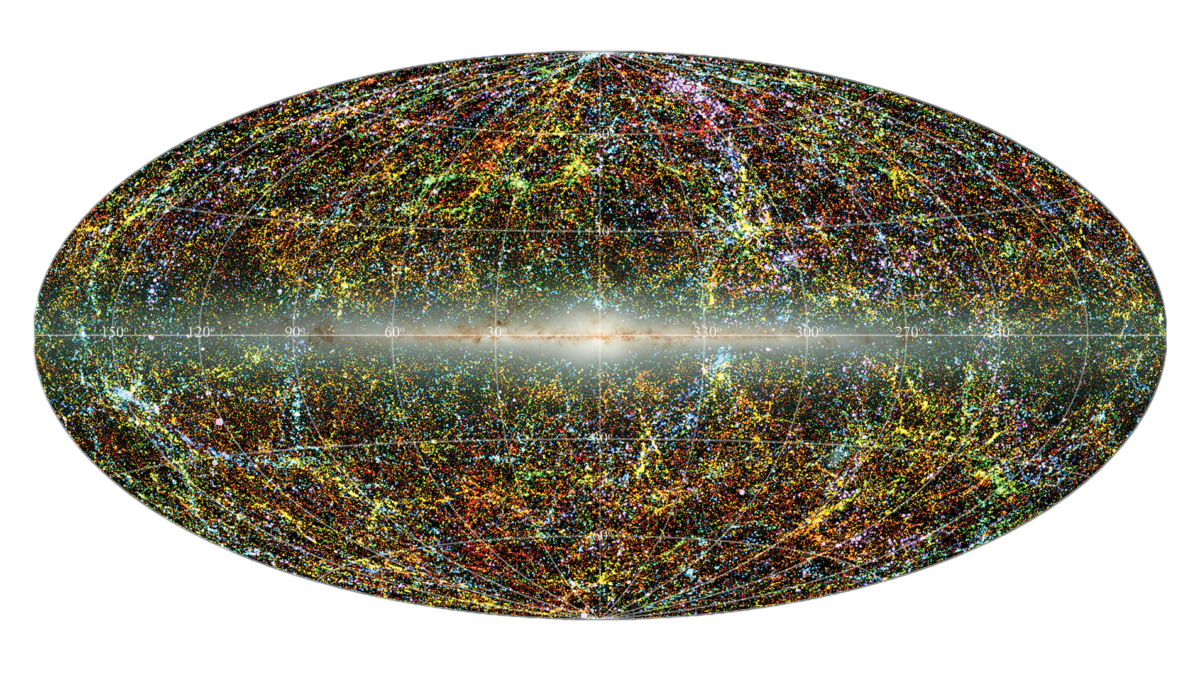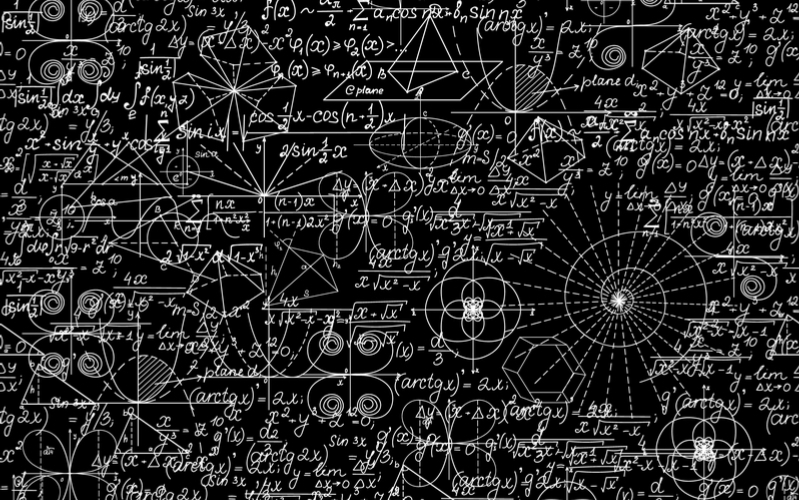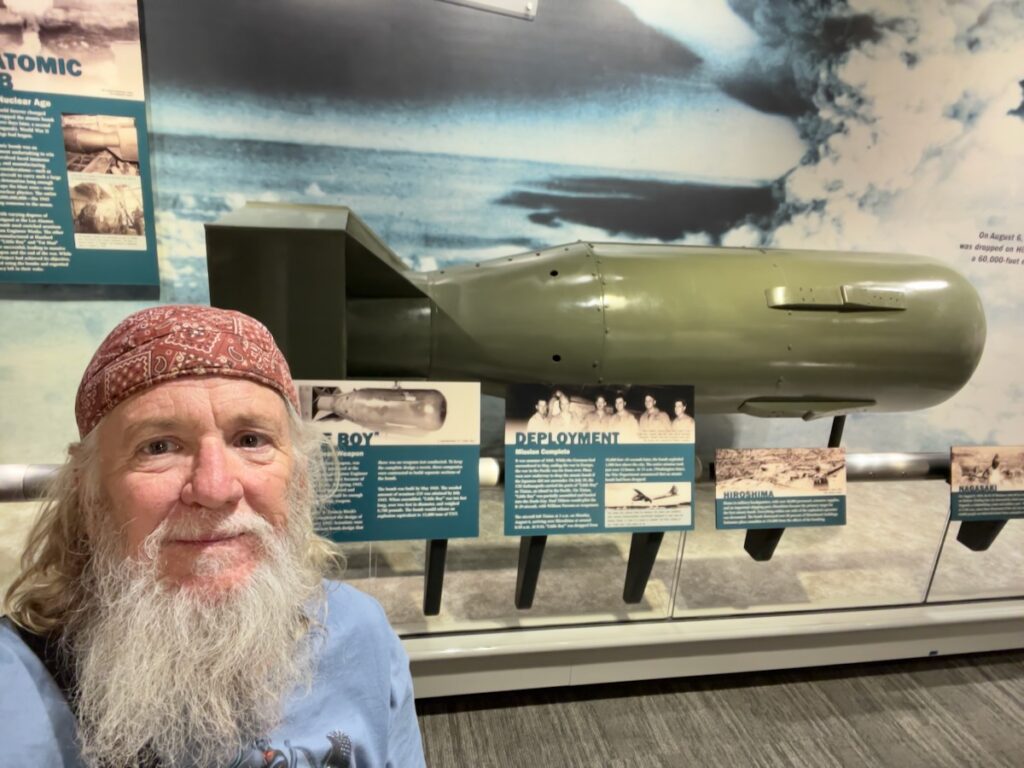We live in a universe of energy. The higher the energy level for a closed system, the hotter it gets.
The ‘temperature’ of the big band is thought to be around 1032 °K. That is a ten with 32 zeros after it:
100,000,000,000,000,000,000,000,000,000,000 °K
For the briefest of an instant. In that instant, it is thought that things cooled down quickly, and space expanded.

Energy coalesced into the first proto-matter made up of strange particles called quarks. As the universe became bigger and cooler, these quarks interacted with other particles like electrons and photons, forming the first atoms. At one point, about 300,00 years later, things cooled down enough for the universe to be filled with radiation. The Cosmic Microwave Background (above) is the furthest back we can gaze into the past.
The Age of Matter
In the beginning, there was mostly hydrogen. There were so many of these hydrogen atoms that their mass affected space-time by bending it. They started to clump together and became so fucking big and hot that they ignited in nuclear fusion. A star was born, so they say.
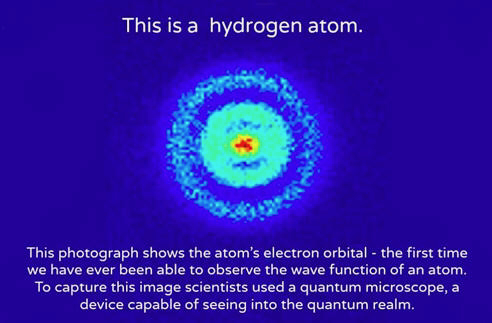
Stars are fascinating. They are born in dense clouds of gas and come in all sizes; depending on their size, what happens when they run out of hydrogen differs.

As these early stars reached the end of their lifetime, they died in different ways.
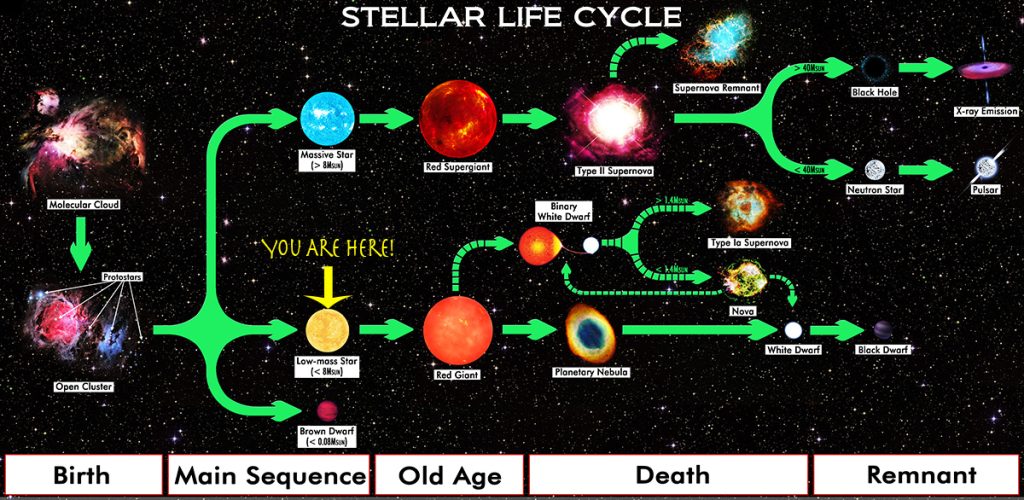
Smaller stars like our Sun create oxygen and other ‘metals’ like carbon and silicon—everything up to iron, the most stable element, as they age. More giant stars explode in what’s called a supernova. In the explosive death throes of these stars, heavier, exotic elements like Uranium are formed. As a star dies, it sheds these elements to become part of the dust and gas clouds that birth new stars.
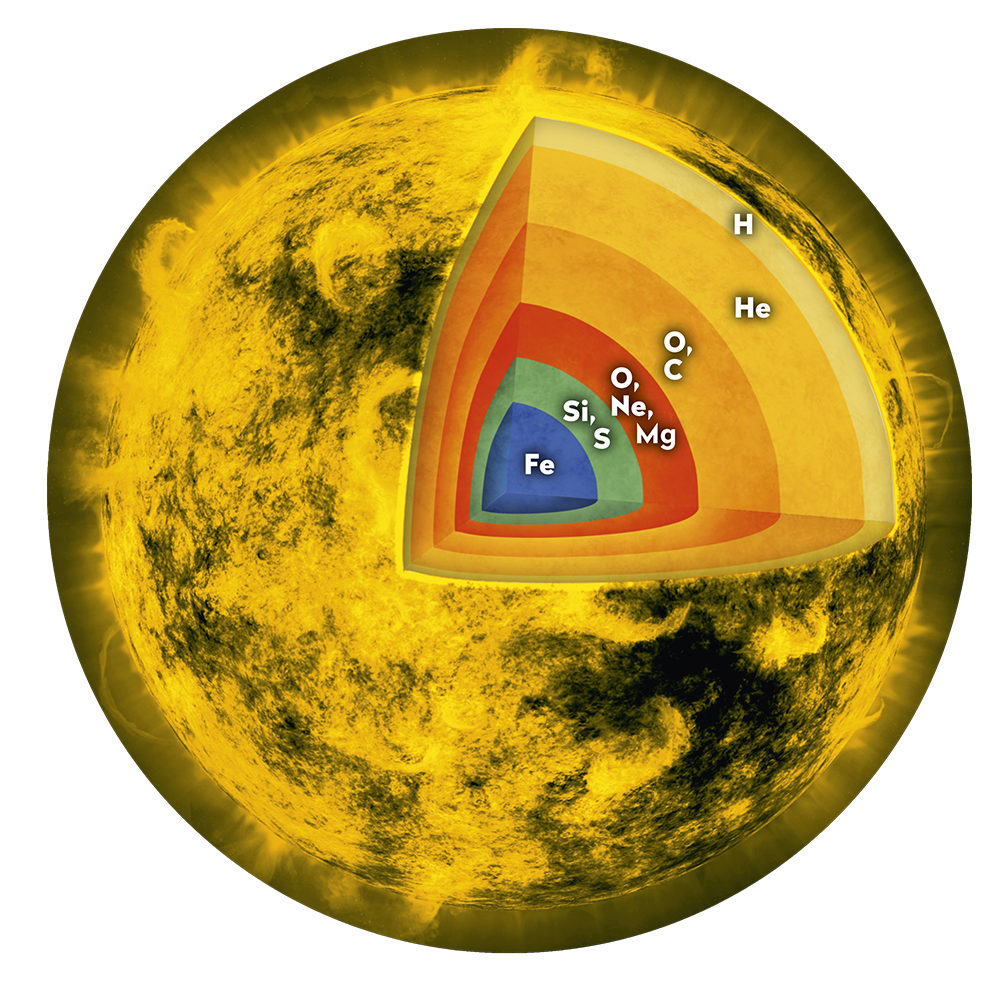
In the human body, there are 4 × 1027 hydrogen atoms, well over half the total number of atoms altogether. There are also about 2 x 1027 oxygen atoms in the human body. Every fucking one of them was made in the death of a star sometime, somewhere, a long, long time ago. We all know that two hydrogen atoms combine with one oxygen atom to make water. So roughly 2 x 1027 of the molecules in our body are water. The next most common element is carbon, with about 8 x 1026 atoms. So we are, in fact, mostly bags of water. Thank you, Mother Ocean.
The Quantum Foam
Quantum field theory, one of science’s most elegant and precise concepts, shows us that all forces and matter are manifestations of the continuous motion of quantum fields.
In seemingly empty space, quantum particles pop in and out of existence, dancing in the presence of complex quantum fields. Hot hydrogen gases are interlaced with the more complex matter. Cosmic rays bombard the matter, creating new elements. Gravity collapses the dust into a new star, and the cycle continues.
Everything is always moving. Atoms are moving. Energy waves are moving (whether it’s radio waves or microwaves or even the waves of light that appear as different colors). The planets and stars and the galaxies are spinning and the universe itself is constantly expanding at an even quicker rate.
Some smart guy on the Internet
The Genie 🧞
All behave the laws of physics in the most extraordinary ways. Now add the Second Law of Thermodynamics, which essentially states that you can’t put the genie back in the bottle (or perhaps you can’t un-break an egg). The star stuff got really complex. I mean, it’s really complex. Things really start to get interesting.
One thing leads to another. Most of what resulted was disregarded. An infinitesimally small number of things would play out. It was chaos with a purpose.
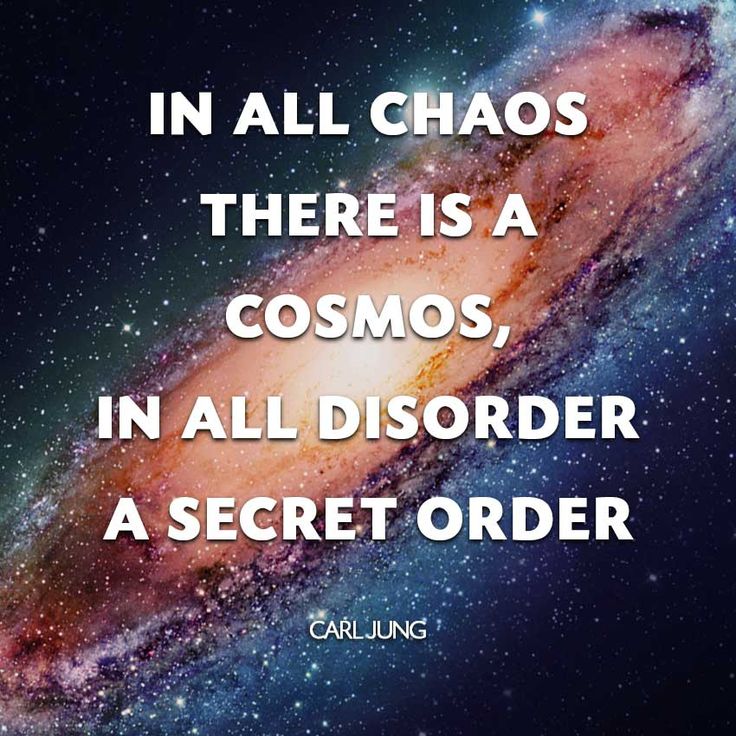
Don’t Panic!
In a most mysteriously joyful act of serendipity, one of the results was a Mostly-Bag-of-Water Ape Descendant. It had no fur but, instead, sweat glands so it could run for long periods without tiring out like its cousins. Opposable thumbs allowed it to grasp tools. It couldn’t see, hear, or smell quite like the other creatures, but it stood upright and could see danger coming. Most importantly, a large cranium housed a relatively large brain capable of amazing thought – but needed some time to become fully functional. When it did, amazing things started to happen.
Far out in the uncharted backwaters of the unfashionable end of the western spiral arm of the Galaxy lies a small, unregarded yellow sun. Orbiting this at a distance of roughly ninety-two million miles is an utterly insignificant little blue-green planet whose ape-descended life forms are so amazingly primitive that they still think digital watches are a pretty neat idea.
Douglas Adams, Hitchhiker’s Guide to the Galaxy
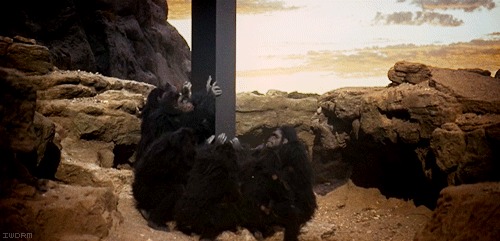
Eventually, these Ape Descendants rose to the very top of the apex of all the other living creatures made from star stuff. They invented the wheel. They invented God. They had wars and babies. They split the atom. One of these wars, the last one that pretty well affected everyone, was World War II. As these Ape Descendants liked to call themselves, Humankind had come a long way in killing each other. Things were dire.
Decades earlier, Humankind had finally thrown off the yoke (a bit anyway) of religious trappings that discouraged thinking outside the box. They discovered, among other things, that matter and energy are really the same things. It helped to explain a lot.
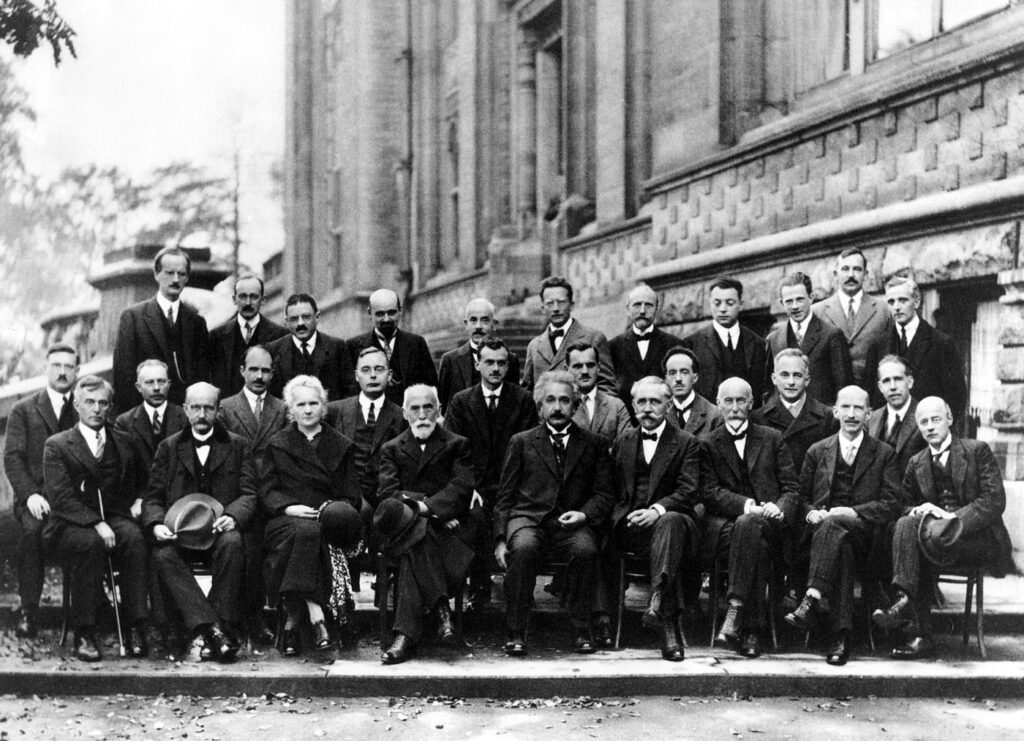
Because things were so dire, some of them got together and determined that they could use this fact to build a weapon of unheard-of power. All you needed was some tiny fraction of star stuff. Specifically, one created in minute quantities in these supernovas, or better yet, in a neutron star. A neutron star is 6 miles in diameter and weighs nearly twice as much as the sun. Wow. This stuff is called Uranium after the Greek god Uranus – the god of the sky. Double wow.
Sure enough, this super weapon ended the war and drop-kicked us into the modern age we live in now. This was never more evident than in the little, mostly unknown state of New Mexico.


